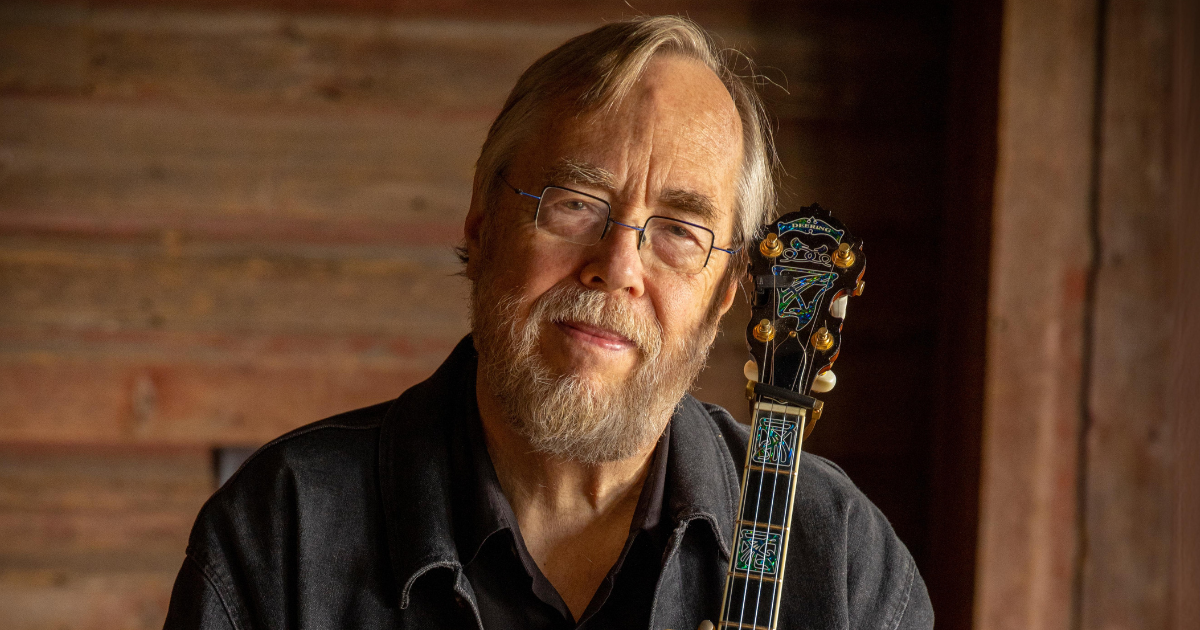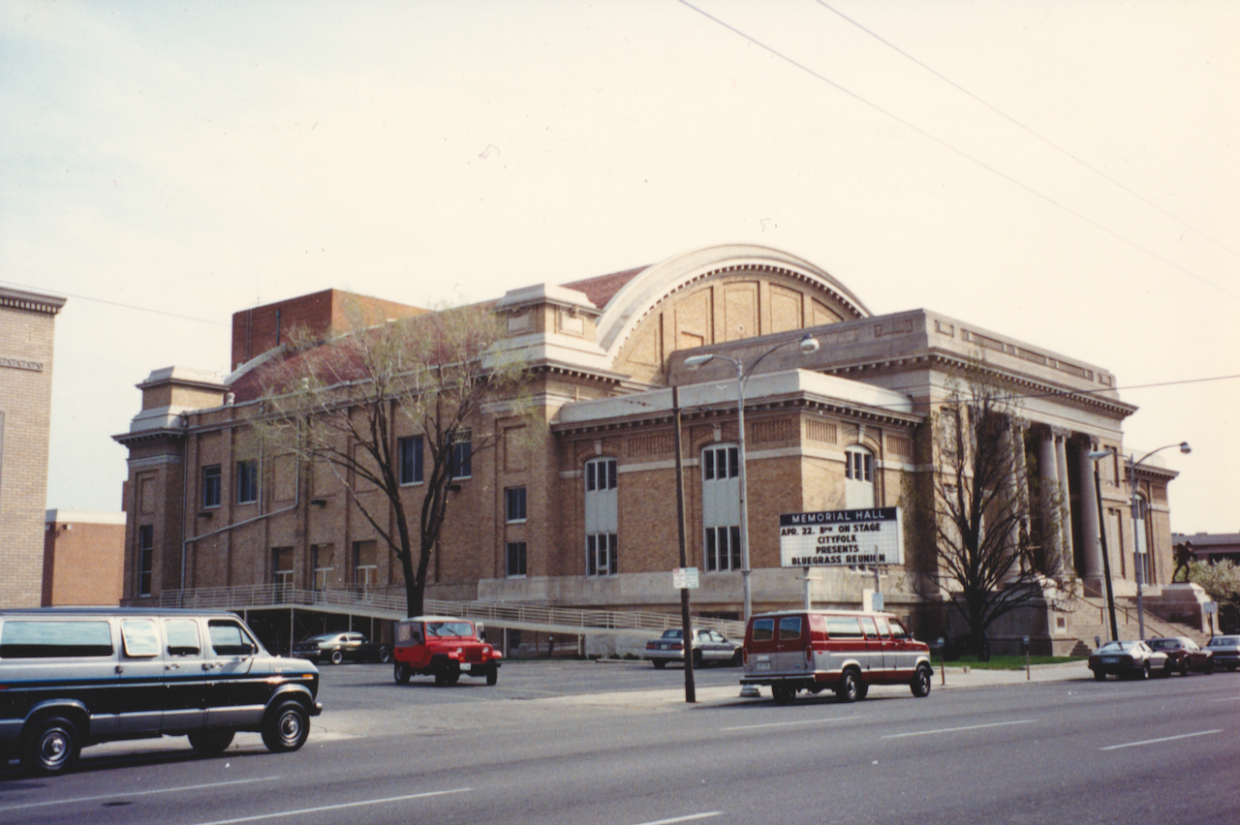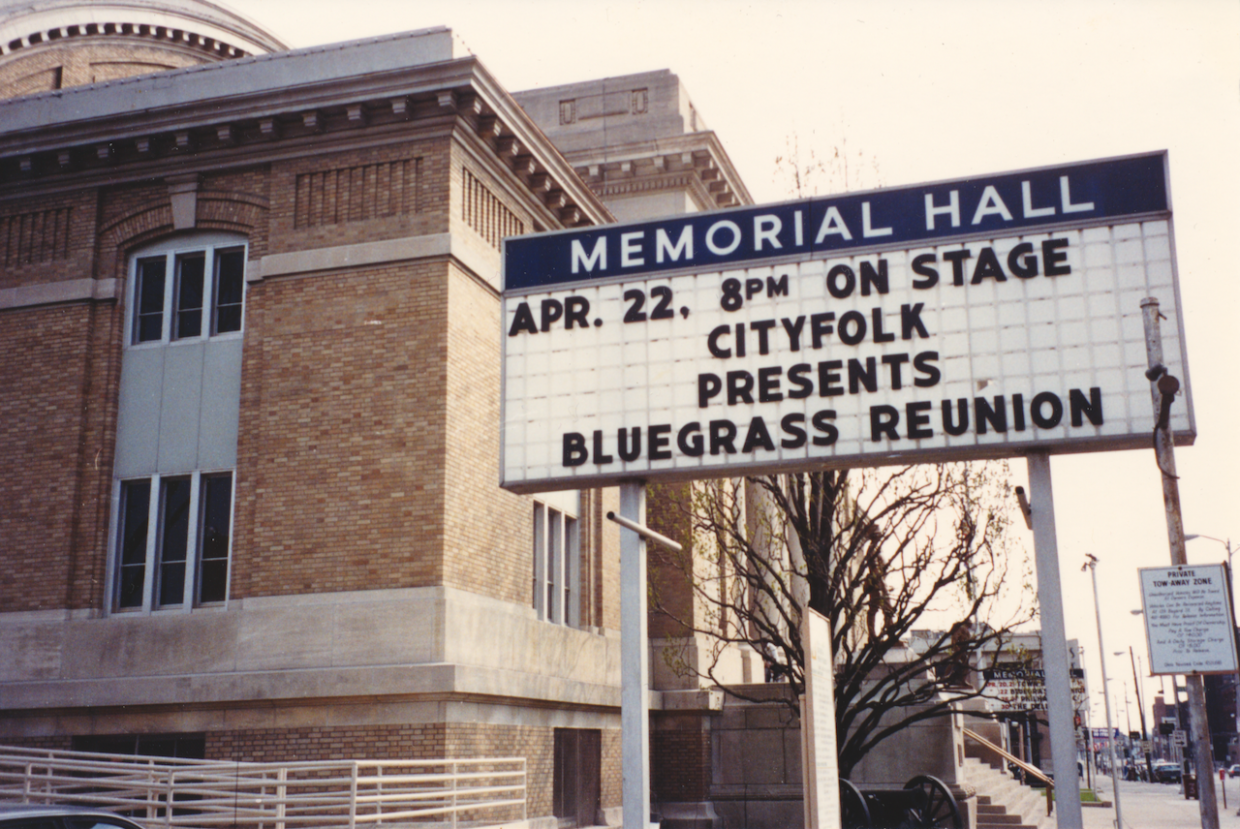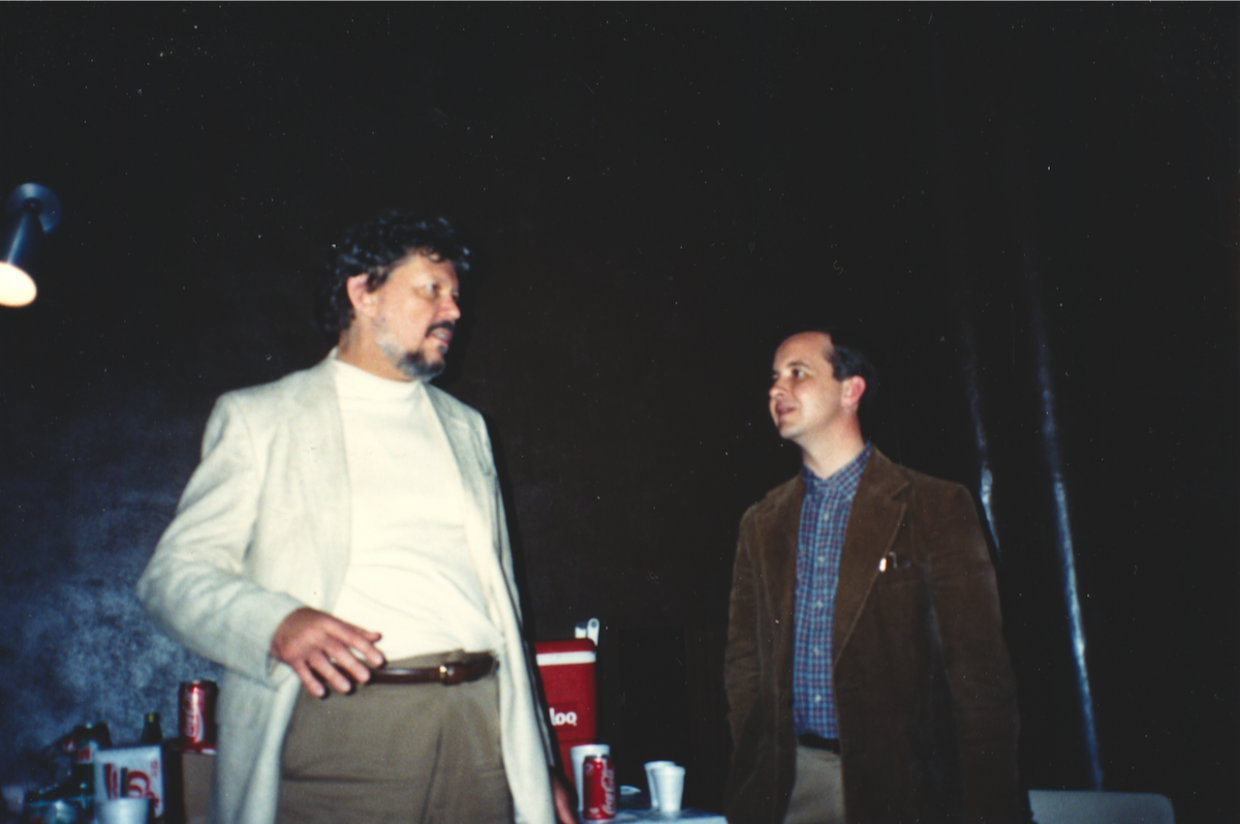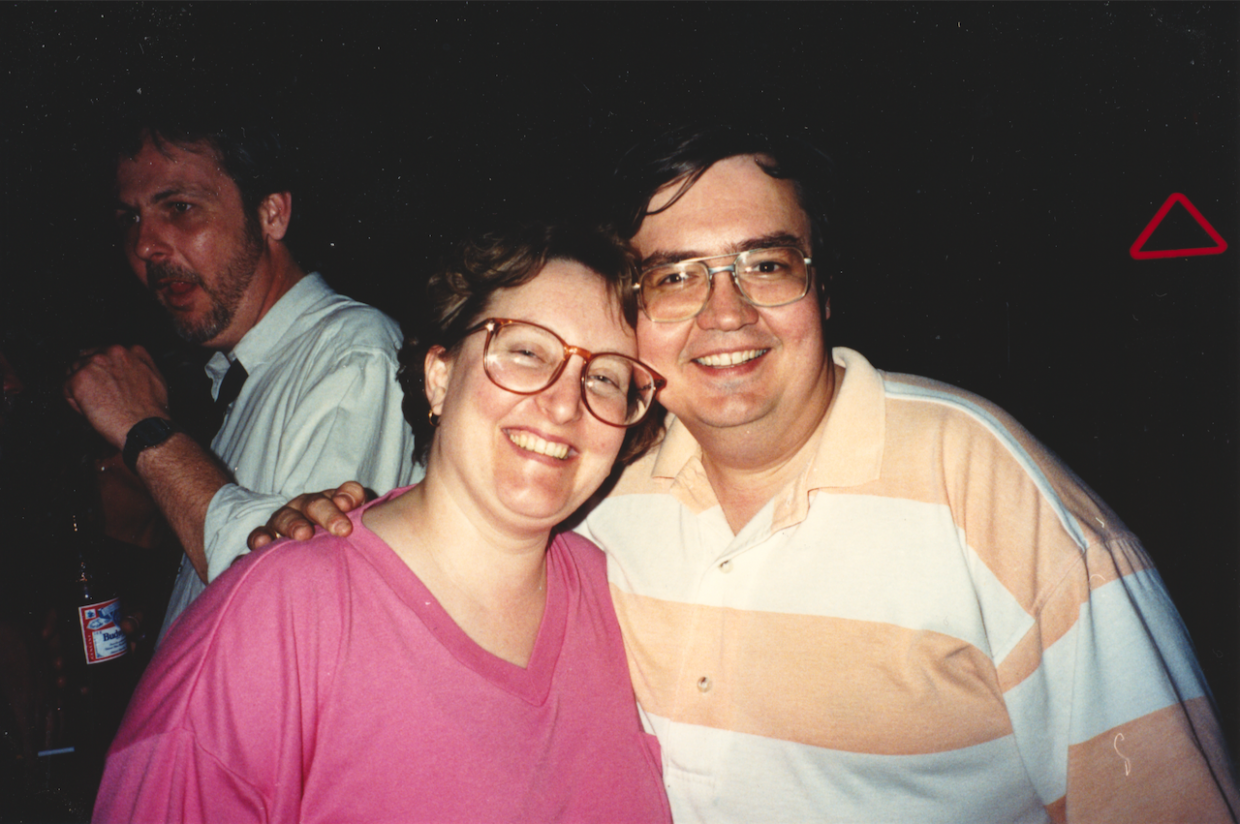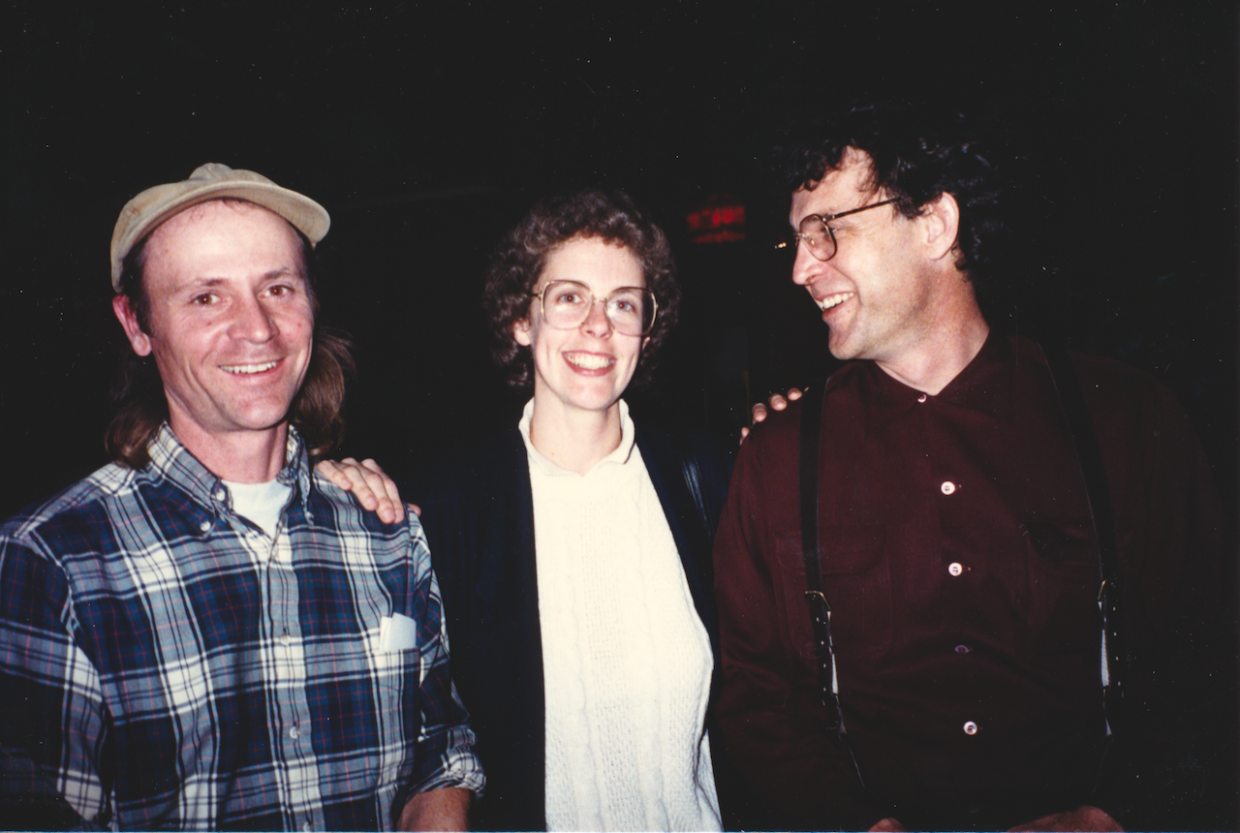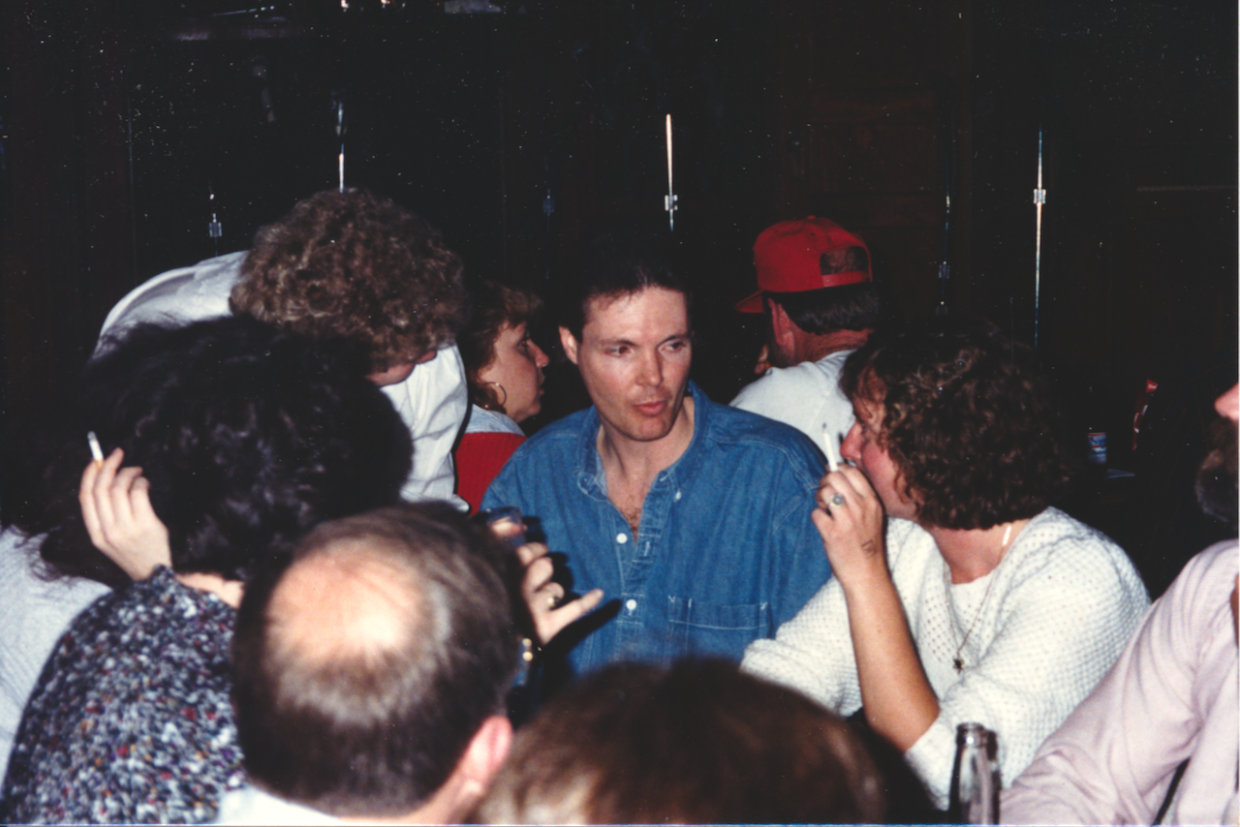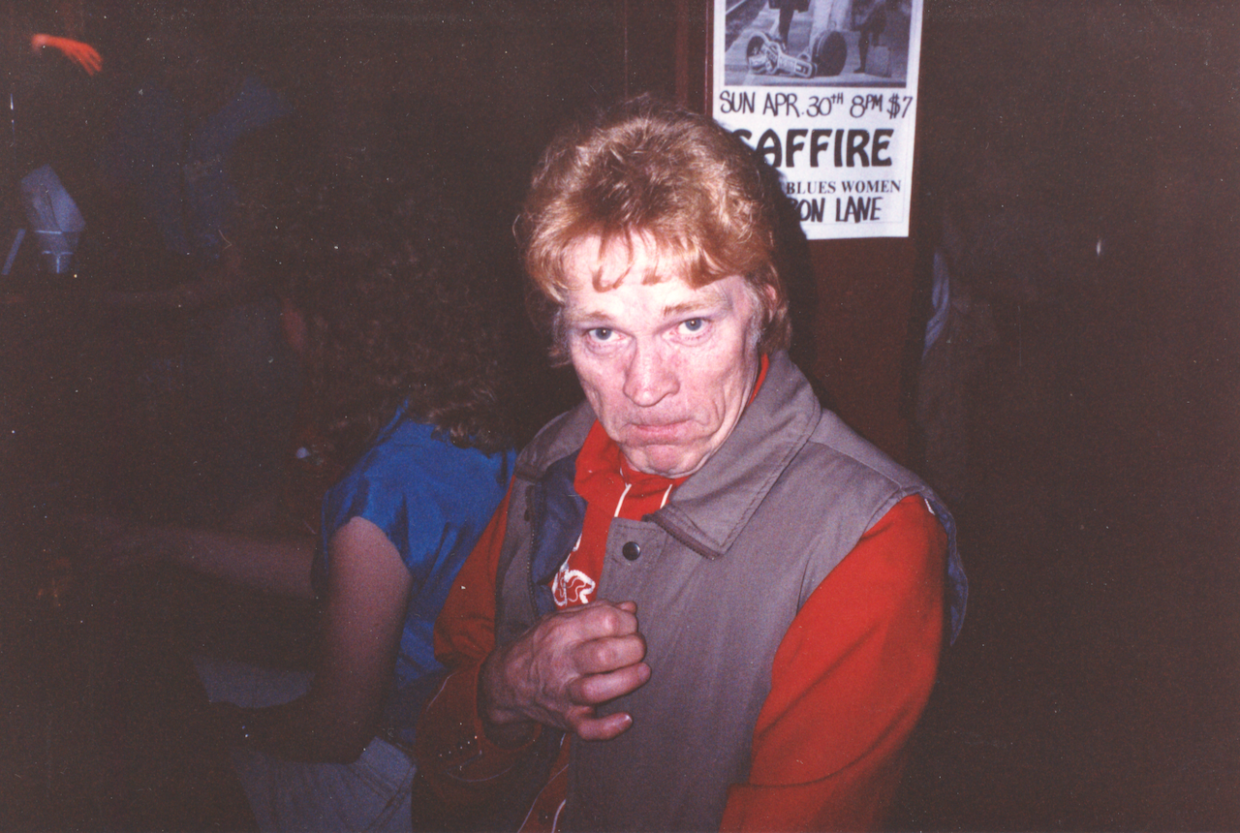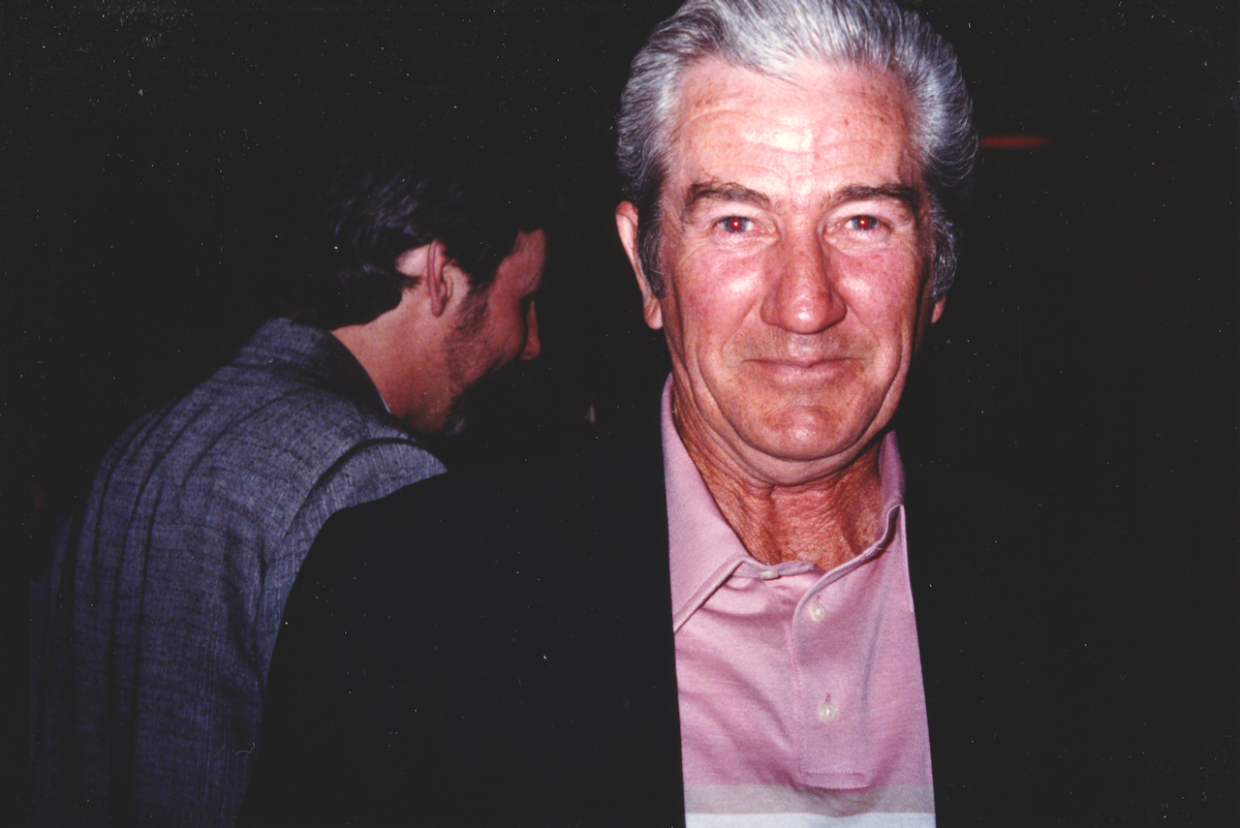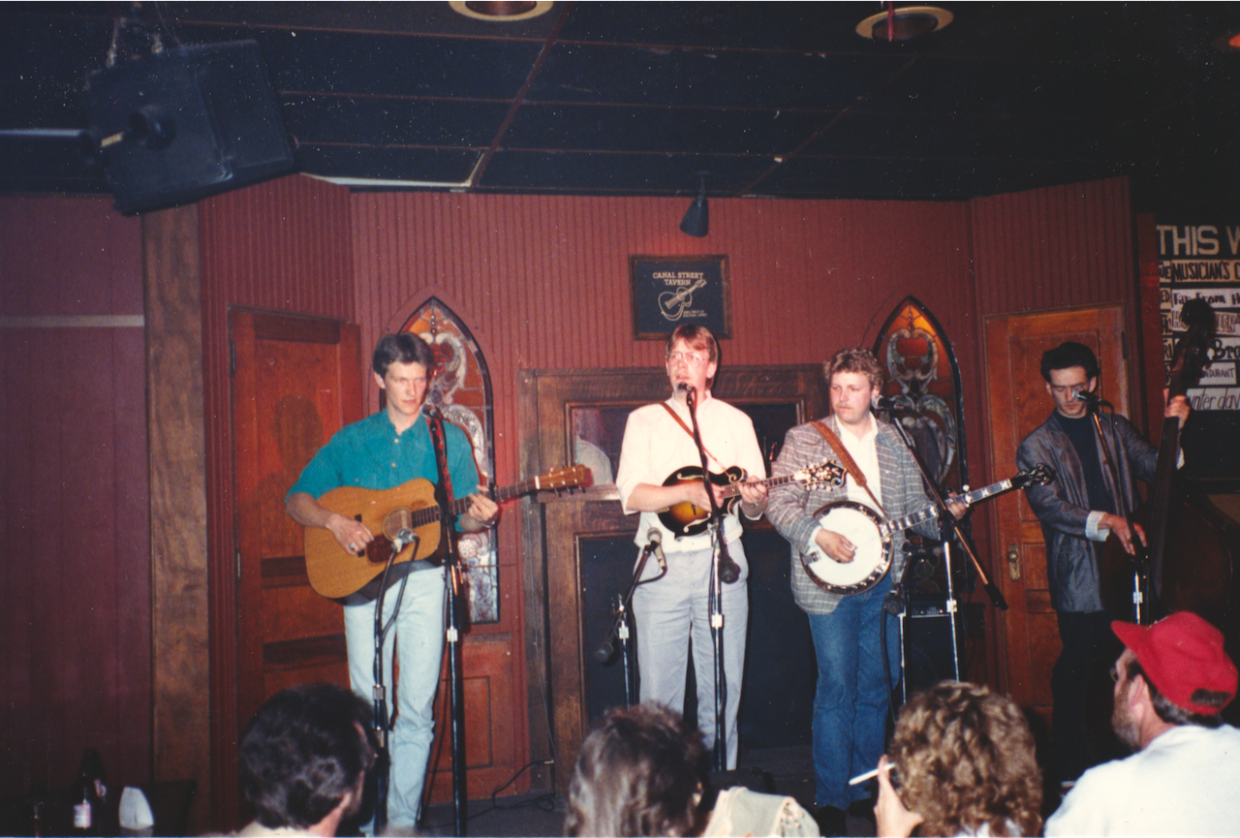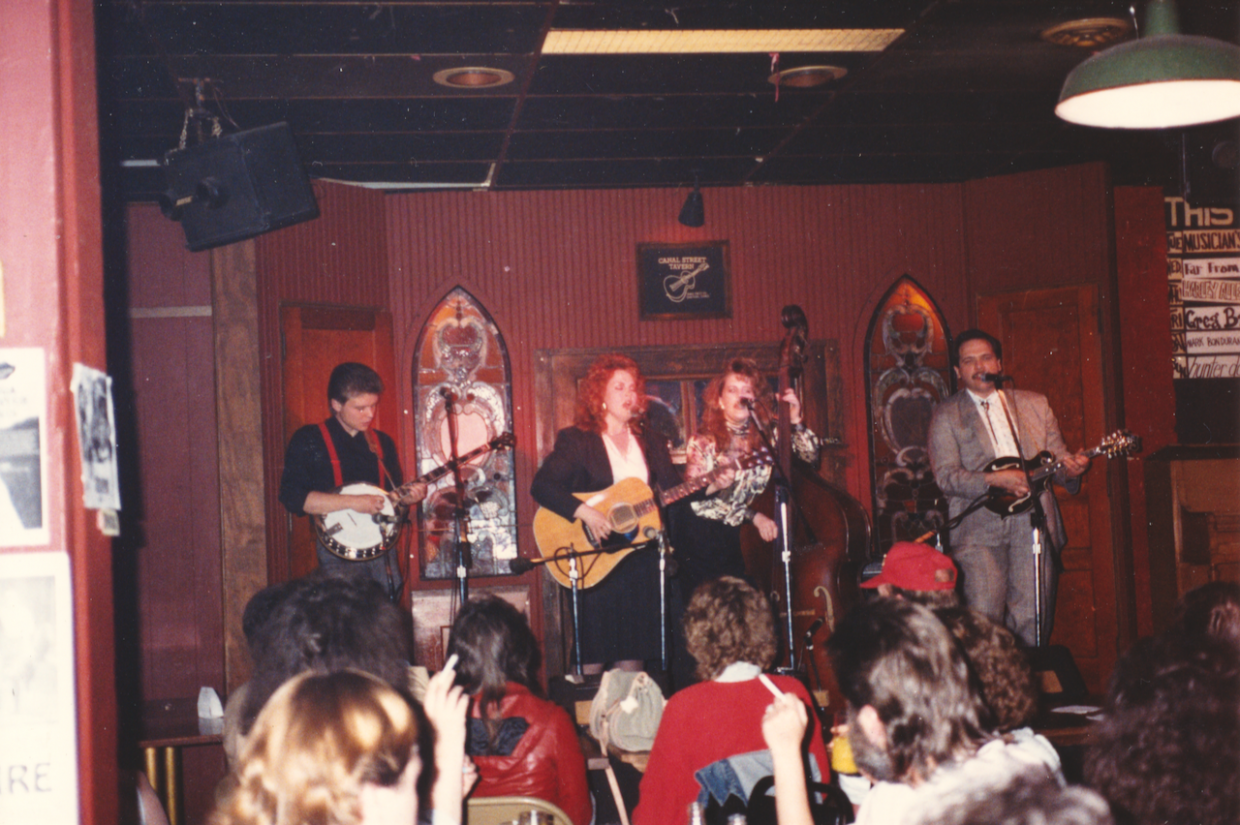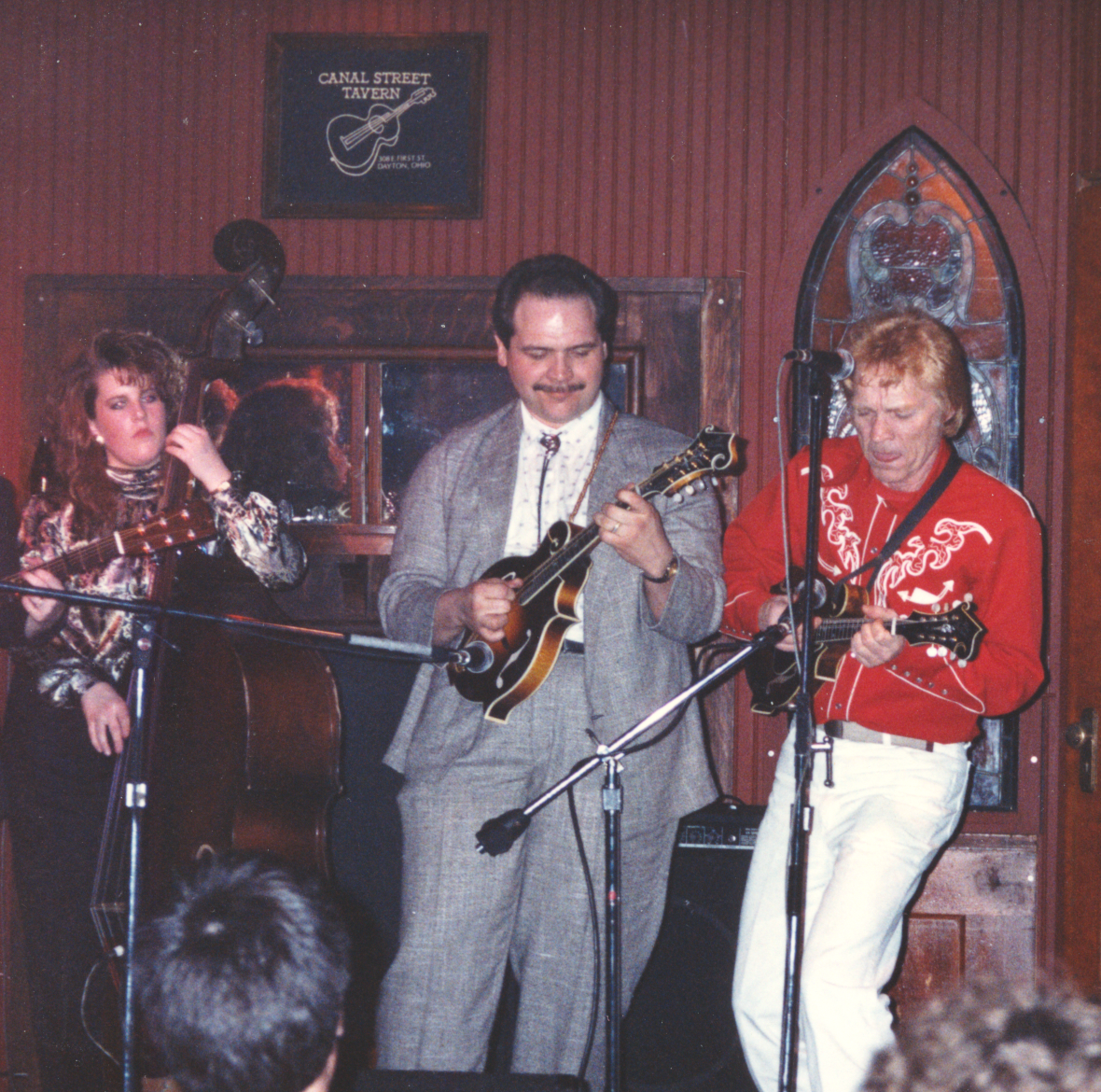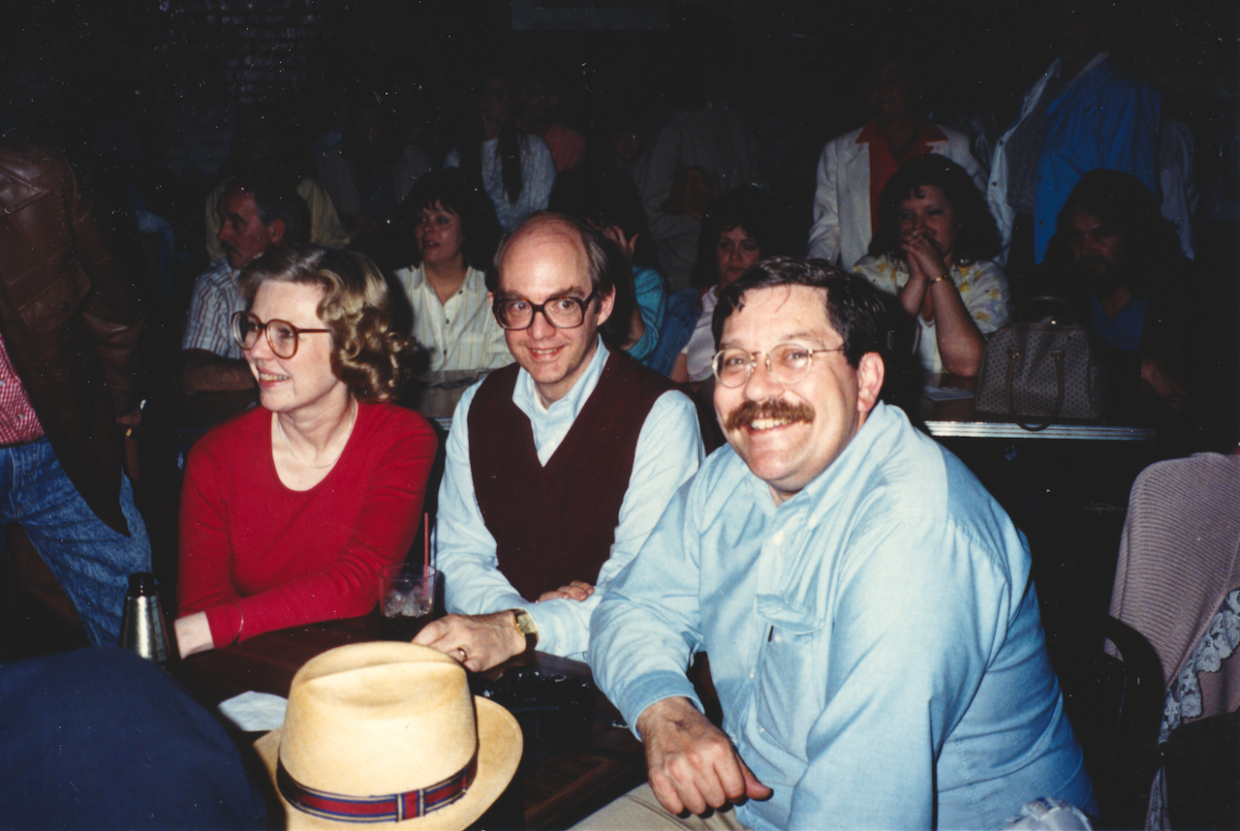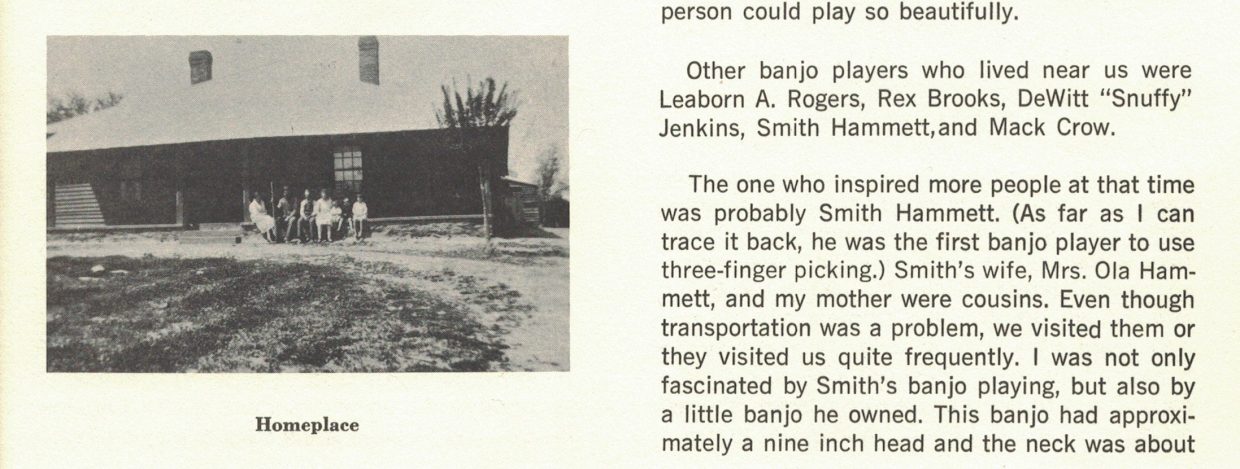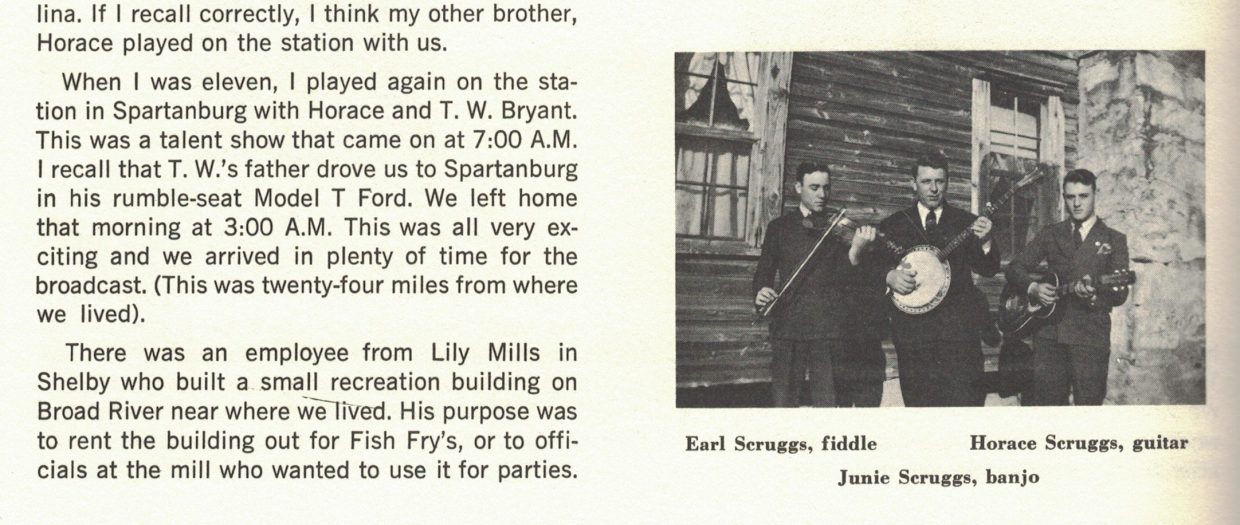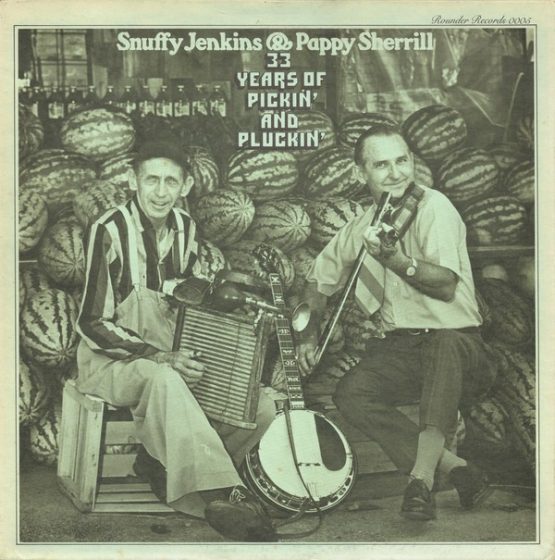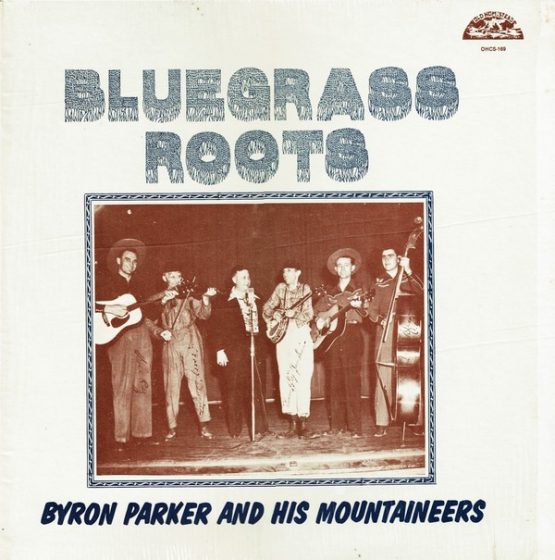(Editor’s Note: Find our Essential Tony Trischka Playlist below.)
Banjoist Tony Trischka is a brilliant creator, an entertainer, and educator who makes his own time. He’s always on the run, trying new things and yet also always ready to stop and have a friendly chat and a catch up. His musical life includes teaching, performing, and recording as well as studying music history. And, at a very young 75, he’s always up for an impromptu jam.
In 1976, when he was 28, Oak Publications published his Melodic Banjo, an instruction book featuring his transcription tablatures of pieces by and introductions to the top players of this new style of bluegrass banjo in which he was already recognized as a virtuoso. The book became a modern bluegrass banjo classic and was later published in new editions by Hal Leonard.
When Rounder reissued Tony’s first two albums as Tony Trischka the Early Years, Berklee’s Matt Glaser wrote:
Rarely, perhaps three or four times a century, some music will be created that is a pure explosive expression of life energy and uncontaminated joy. The music on this CD is, in my humble opinion, exactly that. … I put Tony’s early music in the same category as the best of Charles Mingus, Cecil Taylor, Scotty Stoneman, and Wagner, mad and magnificent. … It’s some of the most unjustly neglected of all popular music masterpieces.
Tony’s passion about bluegrass banjo history came to the fore in 1988 when he co-edited “the most comprehensive banjo book ever written,” Masters of the 5-String Banjo, with Pete Wernick, his partner in the early ‘70s band Country Cooking.
There’s not enough room here to write about Tony’s full career, but it’s important to know that in addition to performing on the banjo doing everything from straight-ahead bluegrass to rock, avant garde, and theater, he’s also a band leader, producer, teacher and historian. A Grammy nominee and winner of the IBMA’s 2007 Banjo Player of the Year award, he now teaches an online banjo course for ArtistWorks, and continues to appreciate the pleasures and challenges of jamming – the subject of his latest album, Earl Jam, which was released June 7 on Down The Road Records.
I met Tony in 1986 in New York where I was giving a lecture to promote my new book, Bluegrass: A History. We got together afterward to explore our shared interest in bluegrass banjo. Since then, we’ve worked together on several projects, the latest being Earl Jam.
In November 1990, we reconnected at the Tennessee Banjo Institute. He took me to hear Institute faculty member Carroll Best, a North Carolinian who’d been playing melodic banjo since the ’50s. We ended up together at Best’s campsite. In 1992, Banjo Newsletter published our interview of him along with Tony’s transcription of his work.
Trischka’s 1993 album, World Turning, reflected his eclectic experiences in taking the banjo to the world. Bob Carlin called it “his bid to move the instrument back into the mainstream.” Beginning with an African tune, he explored the banjo in a variety of genres – minstrel, classical, old-time, ragtime, new acoustic, and rock, along with his own brand of bluegrass.
In 2001, Tony and I reconnected at Banjo Camp North in Massachusetts. In addition to its concerts and workshops featuring big-name instructors like Tony, Bill Keith, Pete Wernick, Tony Ellis, and Bill Evans, there was free time for informal music-making. Tony and I spent a pleasant evening jamming together.
For his 2007 album, Double Banjo Bluegrass Spectacular, Trischka recorded duets with 10 banjo pickers, with backing by top-flight bluegrass instrumentalists. These recordings have taken on new meaning now that some of his musical partners on this award-winning production – Earl Scruggs, Kenny Ingram, Bill Emerson, and Tony Rice – are no longer with us. The album introduced a generation of young musicians, showing the remarkable depth of Tony’s musical connections.
Tony’s brand new Down The Road album, Earl Jam: A Tribute to Earl Scruggs, reflects his longstanding interest in bluegrass banjo’s late founder. The album began during the pandemic, when Banjo Newsletter columnist, Bob Piekiel, author of “Earl’s Way” and a Scruggs family friend, sent Tony a thumb drive containing two hundred songs and tunes recorded at jams with Earl Scruggs and John Hartford during the ’80s and ’90s.
Tony and Piekiel had been working on the “tabs” – tablatures – for a new Scruggs banjo book. Since the early 1970s, bluegrass banjo tabs have been key musical manuscripts. None are more important than those of Scruggs, whose iconic statements – the ones he recorded – were published by Scruggs himself in tabular form in 1968. Many banjo pickers learned “Foggy Mountain Breakdown” and other familiar favorites from Scruggs’ tabs.
Like any written music, tablatures are scores meant to describe how music is created on an instrument, while simultaneously prescribing how it is to be reproduced. Tony made tabs of Earl’s jam breaks so that he could recreate them. Jamming with Hartford, Scruggs played familiar pieces he’d never before recorded or performed in public. On that thumb drive, Tony found Scruggs’ impromptu banjo statements as interesting and entertaining as the old familiar recorded and transcribed ones from his commercial appearances.
Change and innovation are part of the ambiance at jam sessions. Playing an old tune or song in a new way is a sure route to pleasant interaction in these friendly musical conversations. Here, ideas are expressed, tested, embraced. Participants play for their own delectation and to pique the interests of the other jammers.
It’s not easy for those of us who enjoy hearing commercially produced Nashville music to know what goes on informally and privately in that town’s local music scenes. Beyond the bars, stages, and studios, away from the producers, who jams with whom? In 1998 when Tony interviewed the late Bobby Thompson, melodic banjo pioneer and Nashville studio A-lister, he got Bobby’s answer to that question:
Scruggs, he’s real nice. Me and him would get together and play a lot. Lately I do him and John Hartford and bunch of them come over here a lot.
In his notes to Earl’s 1972 album, I Saw the Light with Some Help from My Friends (Columbia KC 31354), Bill Williams wrote about star-packed jams at the Scruggs home, calling it “a gathering place, a watershed of talent, a place to be oneself,” adding that “while the industry has known many outstanding jam sessions, there are none quite like these.” By that time, jams had been going on at the Scruggs house for a long time.
A number of the old Flatt & Scruggs songbooks published snapshots from ’60s jam sessions at the Scruggs home. And just as some people took snapshots at such sessions, others made recordings. John Hartford had recorded his jams with Earl and given Piekiel a copy because he worried that if his house burned down all those jam recordings would be lost.
Nashville pros like Thompson and Hartford – whose success as a singer-songwriter (“Gentle On my Mind”) underwrote a unique career – would, as Thompson said, “get together and play a lot” with Scruggs. Hartford, a Scruggs fan from an early age, played the fiddle while listening with pleasure to Scruggs’ banjo statements, and began bringing a tape recorder along.
Earl and John had played what they knew, taking pleasure in attacking old favorites in new ways. After learning and transcribing Earl’s banjo jam breaks, Tony put together a band to showcase them in a show at in the New York club Joe’s Pub. What people heard was first-class bluegrass musicians along with Tony’s musical recreation of Scruggs performing an eclectic repertoire – pre-war and post-war country classics, traditional tunes, rock, bluegrass, folk and more.
On Earl Jam, which grew out of Tony’s showcase band, we hear leading contemporary artists, including Sam Bush, Michael Cleveland, Dudley Connell, Michael Daves, Jerry Douglas, Sierra Ferrell, Béla Fleck, The Gibson Brothers, Vince Gill, Brittany Haas, Del McCoury, Bruce Molsky, Billy Strings, and Molly Tuttle, in new musical conversations with Tony Trischka providing the “banjer” voice of Earl Scruggs.
Here, today’s artists each perform with their own contemporary voice while Tony, consummate and experienced stage actor that he is, takes center stage in the role of Scruggs-at-a-jam. He’s a musical equivalent of actor Hal Holbrook, who brought the voice of a famous American author to millions in his one-man show “Mark Twain Tonight.”
A good example of the music on Earl Jam is “Brown’s Ferry Blues,” the album’s first single. It opens with a solo guitar break by Billy Strings during which rhythm instruments: mandolin (Sam Bush) and bass (Mark Schatz) come up behind. Then Trischka introduces one of Earl’s jam breaks, after which Strings sings the first of six verses.
After each verse, we hear an instrumental solo. First comes Michael Cleveland, who throws in some licks associated with Foggy Mountain Boys fiddler Benny Martin. Next is Bush playing his usual great, hot stuff.
After verse 3, Tony plays not one but two more Scruggs jam breaks, each quite different from the other. After verse 4, producer and banjoist Béla Fleck contributes a statement in his unique style. Following the next verse there’s a blazing guitar break from Strings, who then sings a newly composed verse that names everyone at this live session, after which the track closes with all five instruments going full-bore as if at a jam – instruments like voices at a cocktail party.
Tony’s newfound conversations demonstrate Earl’s economy and genius, and his ability to inject feeling – humor, soul, hot, cool – in unexpected places. Scruggs’ musical vision is an education and a pleasure. We’re grateful to Tony for capturing it, preserving and showcasing it.
This truly is a unique album. Each track combines the contexts of bluegrass and theater. We hear bluegrass and old-time music’s standard verses and instrumental breaks. They are mixed so that we can visualize each musician stepping up to the mic to sing or pick. And then the curtains open and Trischka appears spotlighted in a cameo closeup delivering lines – breaks – that Earl spoke at the end of the century, when he was in his 70s.
It’s ironic that tabs have crystallized an aural model of Earl Scruggs’s banjo playing based largely on his ’40s and ’50s work with Monroe and Flatt. That music became the model for classic bluegrass. It still sounds great today. But by the ’60s, Earl had moved on. As Tommy Goldsmith (Earl Scruggs, p. 120-123) points out, an informal backstage jam in New York with saxophone virtuoso King Curtis convinced him that he could take his banjo into other genres like rock.
As soon as he and Flatt parted ways in 1969, Earl joined his sons to form the Earl Scruggs Revue. In the following decades he played with them as well as a variety of folk, rock, and pop acts, fitting his banjo into many new contexts. By the times of his jams with Hartford, foremost in Scruggs’ mind were the then-recent years of touring with the Revue and trying new stuff.
In 1983, L.A. producer (Byrds, Flying Burrito Bros.) Jim Dickson told me why he came to like bluegrass: “It was part formal and part improvisational breaks, the same kind of structure jazz had.” (Bluegrass: A History, p. 190) Tony’s cameos highlight the improvisational genius that kept Earl’s music fresh and inspired a generation.
On Earl Jam, Trischka explores Scruggs’s genius in various ways. Several individual song arrangements have modulations (as in “Dooley” and “Casey Jones”) that show how Earl was able to recast his melodic ideas in different keys and tunings. Tracks like “Liza Jane,” “Lady Madonna,” and “Brown’s Ferry Blues” close by moving beyond solo breaks into riff trade-offs to portray the playful conversation that is the essence of jamming.
Tony’s sense of history is reflected in his repertoire choices – reflecting rich heritage and continuing experimentation. Like a painter he has blended, collaged, borrowed, and adapted widely from past art. The result is a series of vignettes building on the shared creativity of today’s most gifted singers and players while also embracing Earl’s many paths.
I visualize these tracks as tangible works of art like we might see in a museum or gallery – from antique quilts to abstract modernist paintings. BGS’s Artist of the Month, Tony Trischka, has created a veritable aural exhibition.
Neil V. Rosenberg is an author, scholar, historian, banjo player, Bluegrass Music Hall of Fame inductee, and co-chair of the IBMA Foundation’s Arnold Shultz Fund. He also authored the album liner notes for Earl Jam. Check out Neil’s regular BGS column, Bluegrass Memoirs, here.
Photo Credit: Greg Heisler
